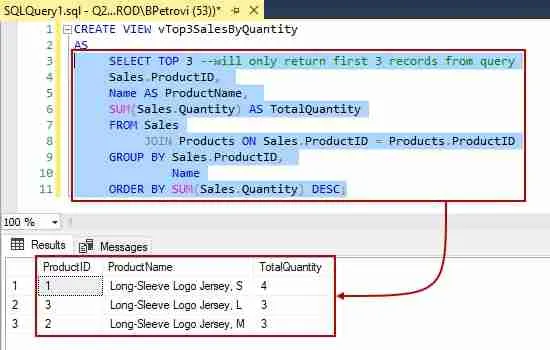
For example, in PostgreSQL we can perform an INSERT operation using RETURNING clauses, which not all other databases can bin]$. SQL follows ANSI/ISO standards, but there are different versions of the SQL language used by different database systems. More information about the ANSI standard can be found on the SQL Wikipedia page. For each RDBMS to be compliant with the ANSI standard, they all have to support the major commands, like DML, in a similar manner as closely as possible.
SQL snippet controls (available in some plans)Īnd if you do opt for using the query builder to ask questions in Metabase, you can always view the underlying SQL that powers your question or convert it to a native SQL query.The American National Standards Institute (ANSI) created a standard for SQL in 1986, and it was adopted by the International Organization for Standardization (ISO) in 1987. SQL variables (including field filters). You don’t have to write SQL when asking questions in Metabase (that’s what the query builder is for), but if you prefer SQL queries, the native query editor is there for you, along with features like: The example query above is a pretty simple one more advanced queries can include joins, aggregations, CTEs, and other tools for pulling and organizing data. WHERE subtotal > 100 tells the database to filter results and only return rows where the value in the Subtotal field is greater than 100. FROM orders tells the database which table that is. SELECT * tells the database to return every column in the table. We can break this query down into three statements: Here’s a SQL query that asks Metabase’s Sample Database to return a table of orders where the order subtotal was greater than $100: You can format your SQL statements as a single line if you like, though people will usually break their queries out onto separate lines for readability. SQL is case-insensitive, but you’ll often see people capitalizing reserved words (e.g., functions and clauses like SELECT, WHERE, HAVING, or ORDER BY). No matter how advanced or complex, all SQL queries involve telling a database to return certain columns from a table (or tables), and then optionally specifying conditions about which rows should be included in those results and how they should be presented. So go with whatever sounds best to you - just don’t be surprised when someone disagrees with you. #PSEQUEL QUERY WRITER ISO#
The ANSI and ISO standards dictate that the official pronunciation is the initialism (“S.Q.L.”), but both pronunciations are common today.


When computer scientists Donald Chamberlin and Raymond Boyce first developed the language specification in the early 1970s, they called it “SEQUEL” (pronounced “sequel”), but changed the language’s name to SQL when faced with a trademark dispute. Opinions are split on the matter of pronunciation, with some of those opinions very strongly held. Retrieve information from databases (commonly known as querying).


Insert, update, and delete information in databases.Create and configure databases, tables, and indexes.However, SQL-based database systems (like PostgreSQL, MySQL, SQL Server, etc.) each have slightly different functions and their own syntactical quirks - no major databases conform 100% to the official written standard. SQL is a published ANSI and ISO standard, meaning there are established rules about what exactly the language includes and how it works. Using SQL involves writing and executing structured commands, known as statements, that communicate to a database what information you need or what you want to change. Structured query language (known as SQL) is a standardized and widely-used language for accessing and manipulating data in a relational databases.








 0 kommentar(er)
0 kommentar(er)
